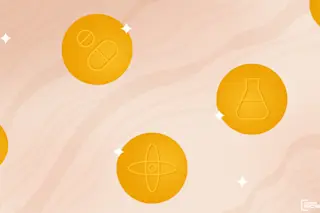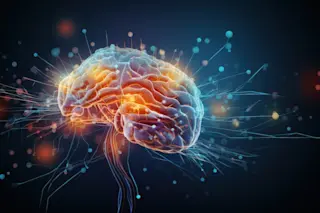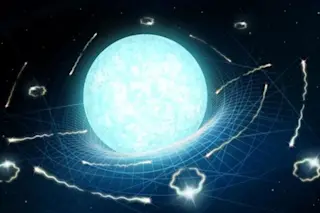(Inside Science) — Every year, the Nobel Prizes in physiology or medicine, physics, and chemistry honor great advances and discoveries in science. Last year, one of our top contenders in medicine — checkpoint inhibitors for cancer therapy — won. We were not as successful in the other two categories. But buoyed by that modicum of success, we will again attempt to summarize nine top contenders for these famous science prizes (including one repeat from last year).
(Credit: Abigail Malate, Staff Illustrator/Copyright American Institute of Physics)
Abigail Malate, Staff Illustrator/Copyright American Institute of Physics
Written by Nala Rogers
As early as 1913, researchers had noticed that certain types of cancer run in families, suggesting that the risk was inherited. That led mid-20th-century researchers to suspect that cancer risk could be encoded in the DNA. But as geneticist Maynard Olson told the University of Washington’s alumni magazine Columns in 1996, most assumed ...














